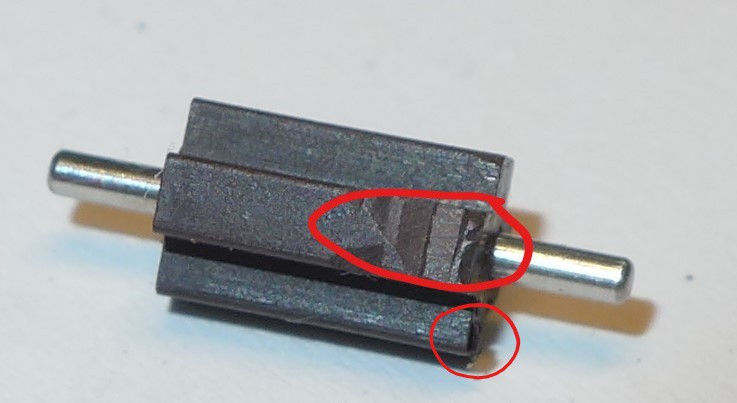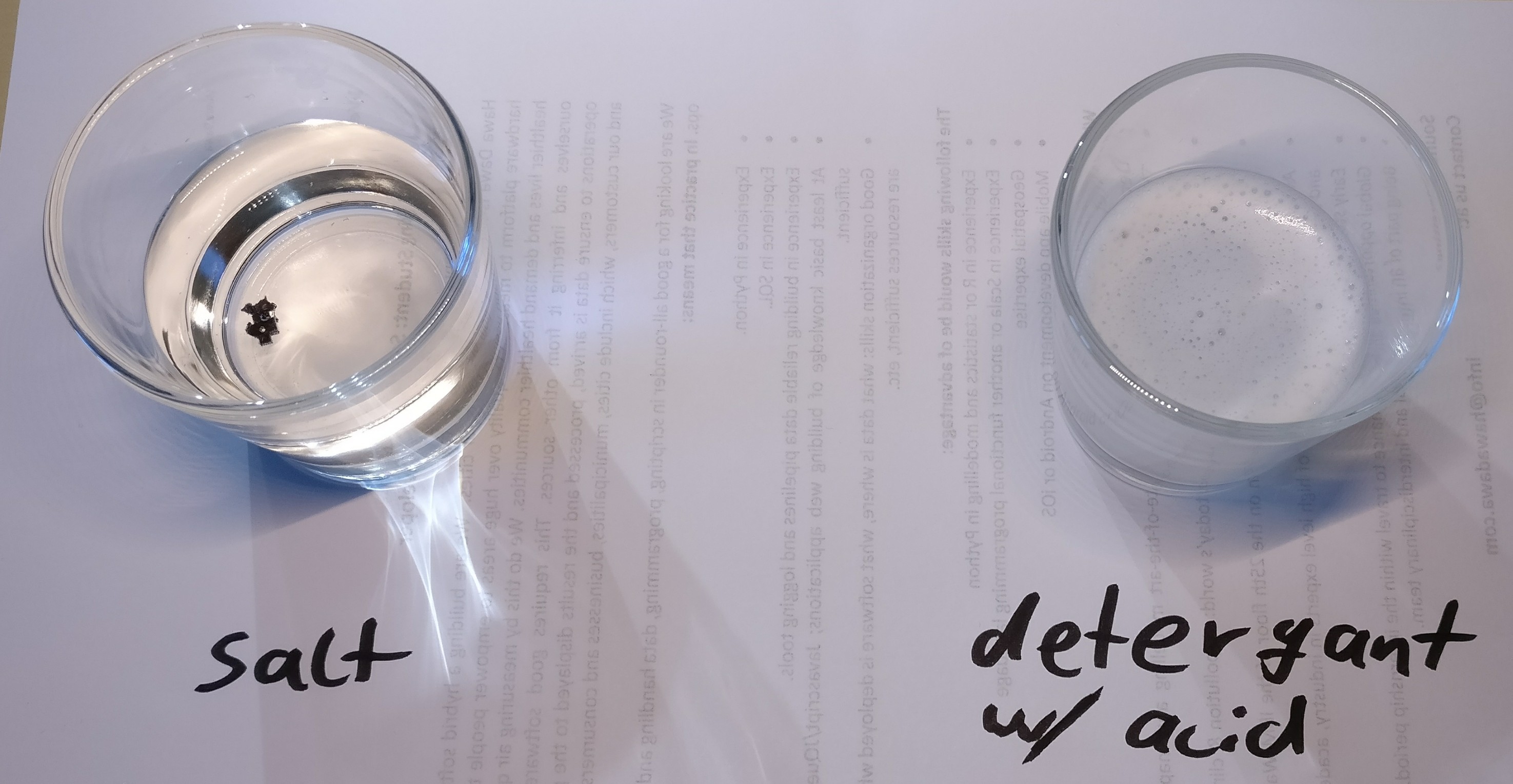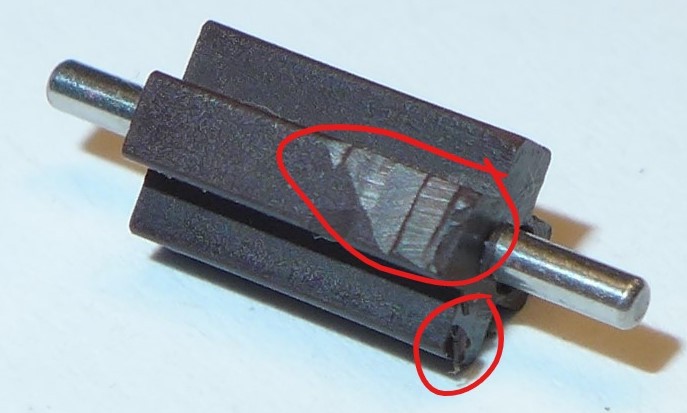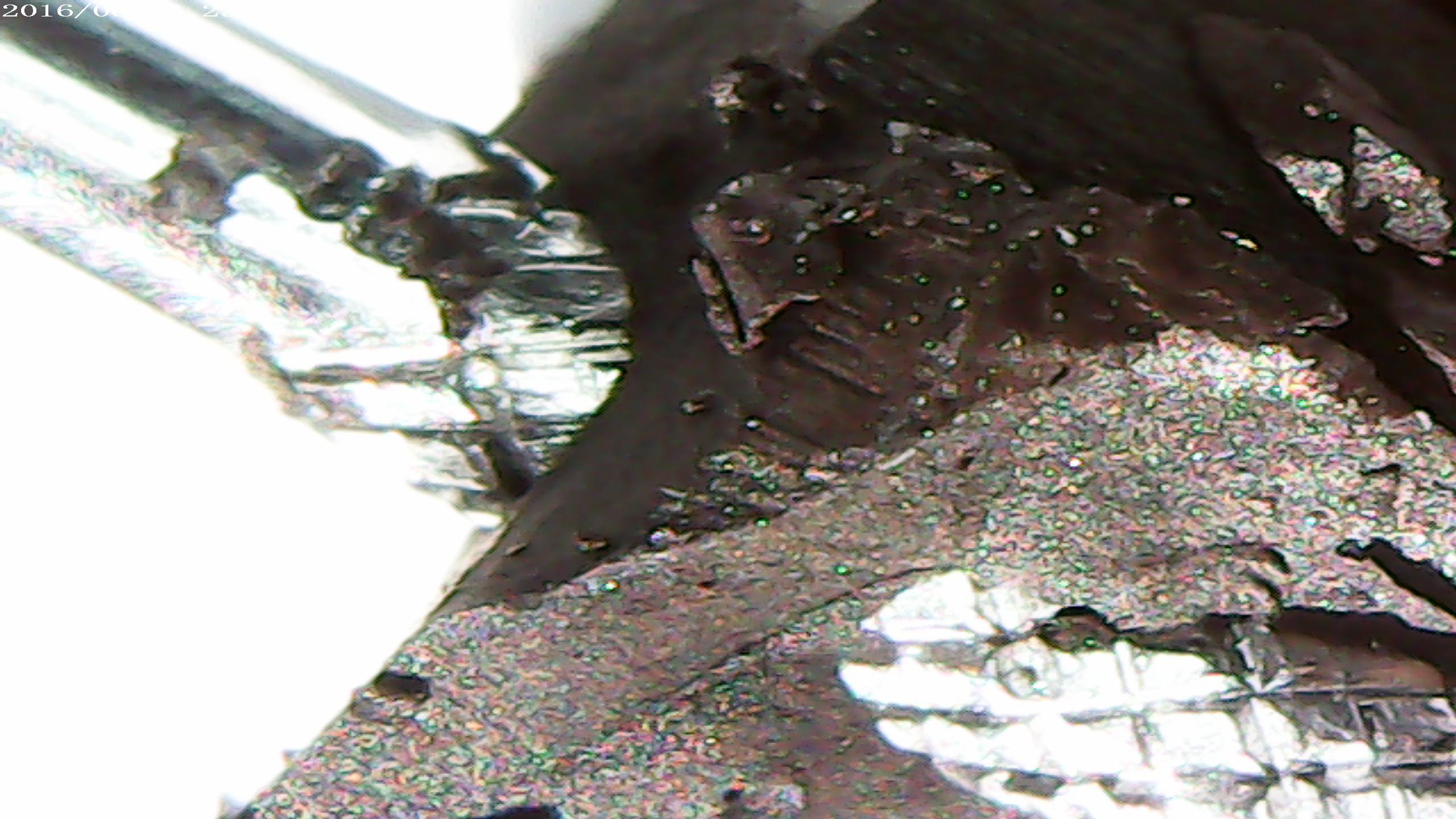Before we continue building HyrOserve, we should check if the device may kill ourselves. Ordering components from China to mix them with food/drinks may end up with a lead poisoning!
The Chinese manufacturer of the small ferrite-turbine-capsule that we use for this project is quite responsive to emails and provided me with a “food grade safety” certificate of the device (see project files), which unfortunately only contained information and tests for the plastic used for the housing(POM), not for the ferrite capsule. I asked the manufacturer for more information and got the response:
- shell : POM food grade material
- impeller : plastic + magnetic
- rotation shaft : SUS304
Alright. That the shell should be fine, they seem to get their plastic tested. The rotation shaft is made from a SUS304, a high grade stainless steel, and I tend to trust people who know the type code of the steel they use. What makes me suspicious is the “plastic + magnetic” of the impeller.
I don’t have the money to pay for a food grade testing, so we may stick to a more basic approach for now. Take the ferrite impeller, cut some piece and observe the fresh cutting edge. If it doesn’t look oxidized after some days in different chemical baths, no toxic particles should dissolve in a liquid while drinking.
For the test, I did the following:
- I scratched and crushed the ferrite material, observed it under a microscope.
- These pieces were put in two different chemical baths for 36 hours. Bath one: water with 20% table salt. Bath two: water + 30% industrial detergent + 5% phosphoric acid.
- Observe the chemical baths. Any changes in color?
- Clean and dry the pieces, observe it under a microscope.
Here are some pictures before the bath:


Results: The ferrite material didn't change at all. The baths stayed cristal clear (after the foam on the right jar settled). Under the microscope, the fracture planes looked identical to the state before the treatment, and sharp edges stayed sharp. Visually, no differences between both chemicals could be detected.
--> orange juice and the dishwasher are not likely to dissolve the ferrite and with it toxic elements. This is not a real food grade test, but I feel safe now when drinking through the HydrObserve sensor that I'm going to build. So, let's get startet!
Here now similar pictures after the bath:

 jflaschberger
jflaschberger

Discussions
Become a Hackaday.io Member
Create an account to leave a comment. Already have an account? Log In.